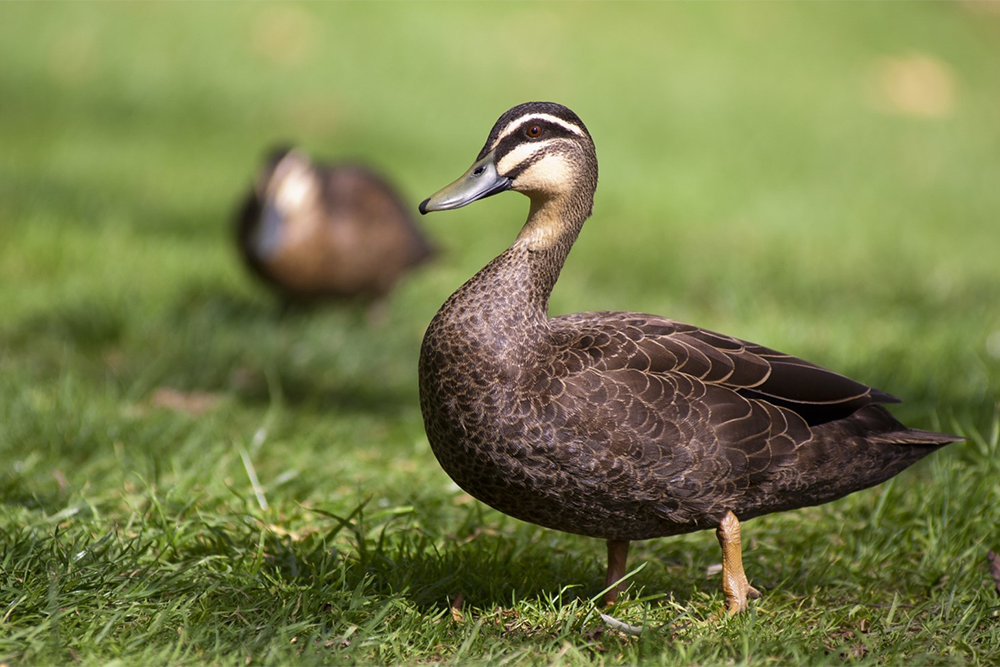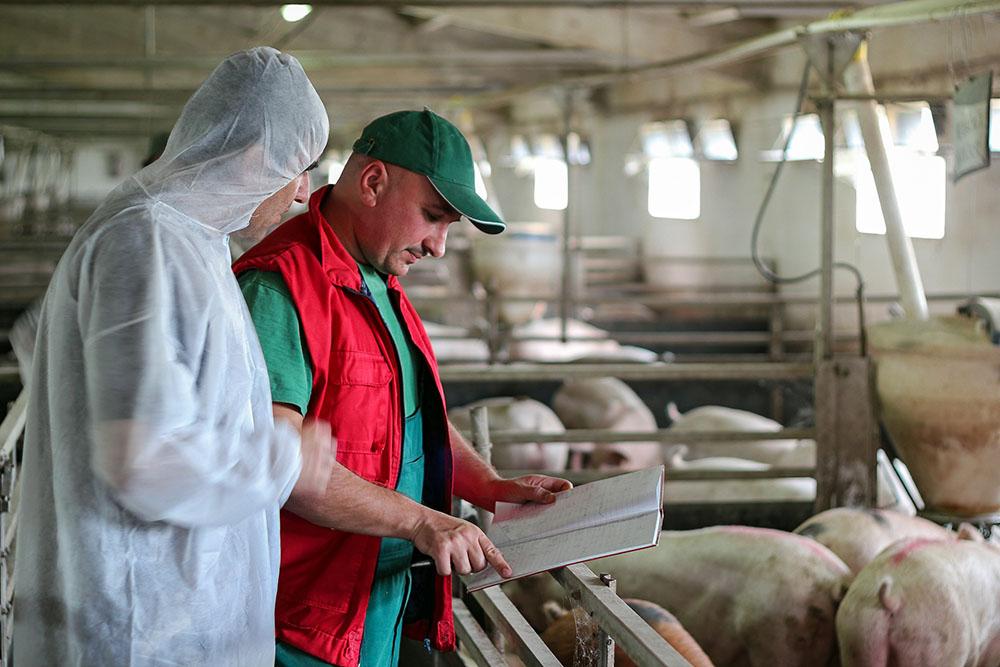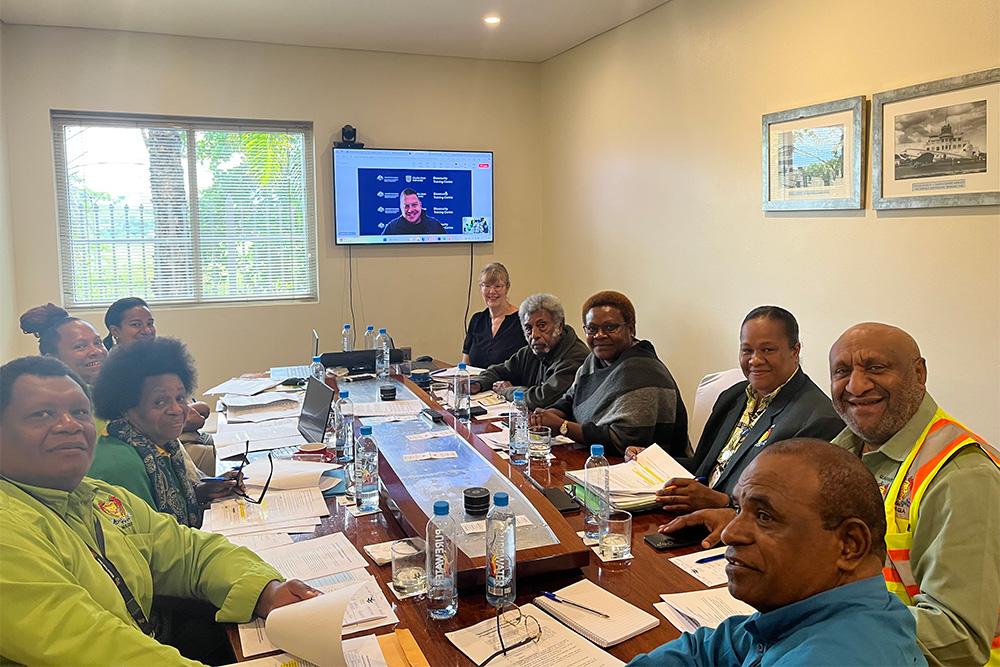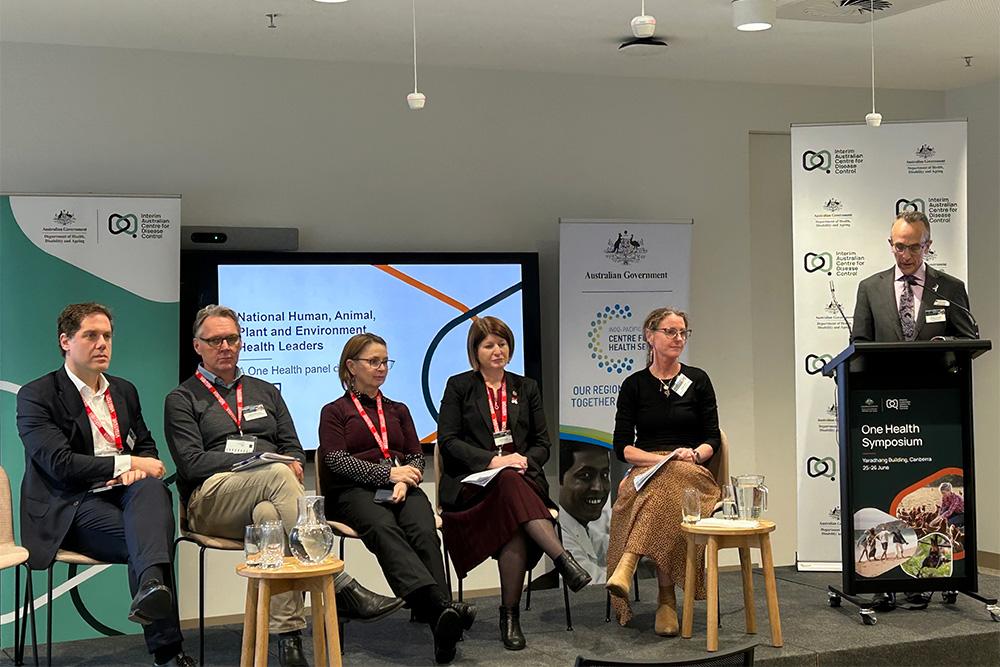Anatid herpesvirus-1
Duck viral enteritis (DVE), also known as duck plague, is one of Australia’s higher-risk exotic environmental diseases.
DVE is a contagious and often fatal infection that occurs in wild and domestic ducks, geese, swans and other waterfowl of the Anatidae family. It is not found in Australia, but it now occurs in most parts of the world.
Outbreaks of DVE can lead to high mortality in domestic and wild birds and is a concern for both poultry industries and wild bird populations. There is no known health risk to humans.
DVE is highly contagious and is spread when infected birds contaminate water sources with their droppings, exposing other waterbirds to the virus. It can also spread from infected females to their eggs.
Susceptible birds may show signs of DVE in 3 to 7 days after they are exposed. Infected birds become listless, lose their appetites, may have a bloody discharge from the bill and vent, show thirst and have watery diarrhea. Occasionally, other signs that are seen are swollen eyelids and drooping wings. Sometimes birds are found dead without any previous clinical signs.
As it leads to high mortality rates in wild and farmed poultry, an infection of DVE can have large economic impacts in farmed poultry and large environmental impacts in wild fowl birds. There is no treatment for DVE, once birds are infected.
To help keep Australia safe from diseases such as DVE, we have strict biosecurity laws about importing live animals and reproductive material.
DVE is a notifiable disease. If you suspect a bird has DVE:
- Do not touch the bird
- Take a photo (screenshot your map app or enable geotagging on your phone)
- Report a pest or disease concern—contact your state or territory authority
- Call the Emergency Animal Disease Watch Hotline: 1800 675 888.
More information:
Email: acebo@aff.gov.au
Web: https://www.agriculture.gov.au/biosecurity-trade/policy/environmental/priority-list




